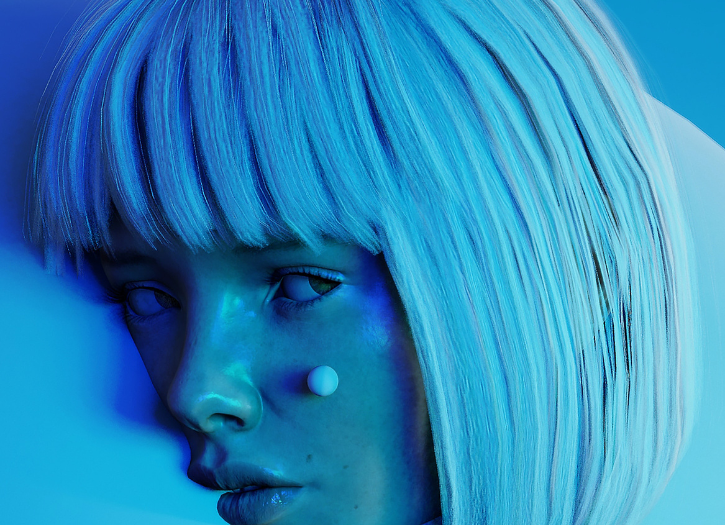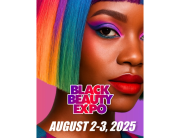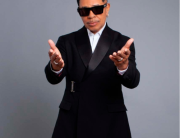Since the beginning of the 2020 pandemic, the fashion industry has suffered strong economic losses, as sales plummeted and jobs were lost, but it has since learned to digitally recover through virtual clothing, catwalks, and showrooms.
Amidst the COVID-19 pandemic, fashion is among the industries that have been forced to adapt their commercial and creative strategies to better suit the social distancing measures. Therefore, the digital channel has since seen a rise in use, offering live shopping and has been highlighted as the only way to overcome physical barriers. It is also believed that these changes will prevail in years to come, as reported by WGSN.
Fashion brands and well-known personalities in the industry spread welfare messages on social media and brands such as Louis Vuitton, Balenciaga, Gucci and Prada began mass-producing face masks and hospital gowns in order to help with the shortage of the coveted sanitary product. Moreover, brands stepped up and launched initiatives to aid in the battle of COVID-19’s impact on the economy. Ralph Lauren donated $10 million to help fight the coronavirus and initiated the transport of free coffee and baked goods to New York hospitals to thank healthcare workers for their service.
Once events are only attended by selected people, catwalks and showrooms have become more accessible through live streaming and virtual fashion shows. Thus, they have resulted in high fashion becoming more procurable to the general public. Milan Fashion Week was renamed “Milan Digital Fashion Week” and the New York version prioritized outdoor spaces to further prevent the spread and set the maximum capacity at 50. The British Fashion Council also took the opportunity to show this year’s designs online. Consequently, many celebrities decided to watch fashion shows that they used to attend front row from the comfort of their own homes and showed their glamorous looks from their Instagram pages.
In 2021, big virtual fashion events are becoming more common. An example of this is the International Digital Fashion Week. With this event, there is the largest virtual fashion show being held with over 100 designers in the fashion industry being represented. This has occurred as a result of the COVID-19 pandemic. However, now digital fashion has a chance to thrive in a new technology and fashion fusion industry.
The importance of fashion films has also been stressed as a medium to creatively show designers’ upcoming collections. As a result, methods that were only used by digital-focused houses such as The Fabricant are expected to become the norm. Therefore, 3D experiences have gained momentum. As a matter of fact, high-profile models such as Bella Hadid have already incorporated such advanced and revolutionary practices into their curriculum, as seen in an Instagram post that displays the star getting a full body 3D scan for a Mugler Spring Summer 2021 film.
Other embraced formats include avatar videogames such as Zepeto, which Louboutin partnered up with to showcase their SS21 collection.
Photo by Dynamic Wang on Unsplash







Add Comment
You must be logged in to post a comment.